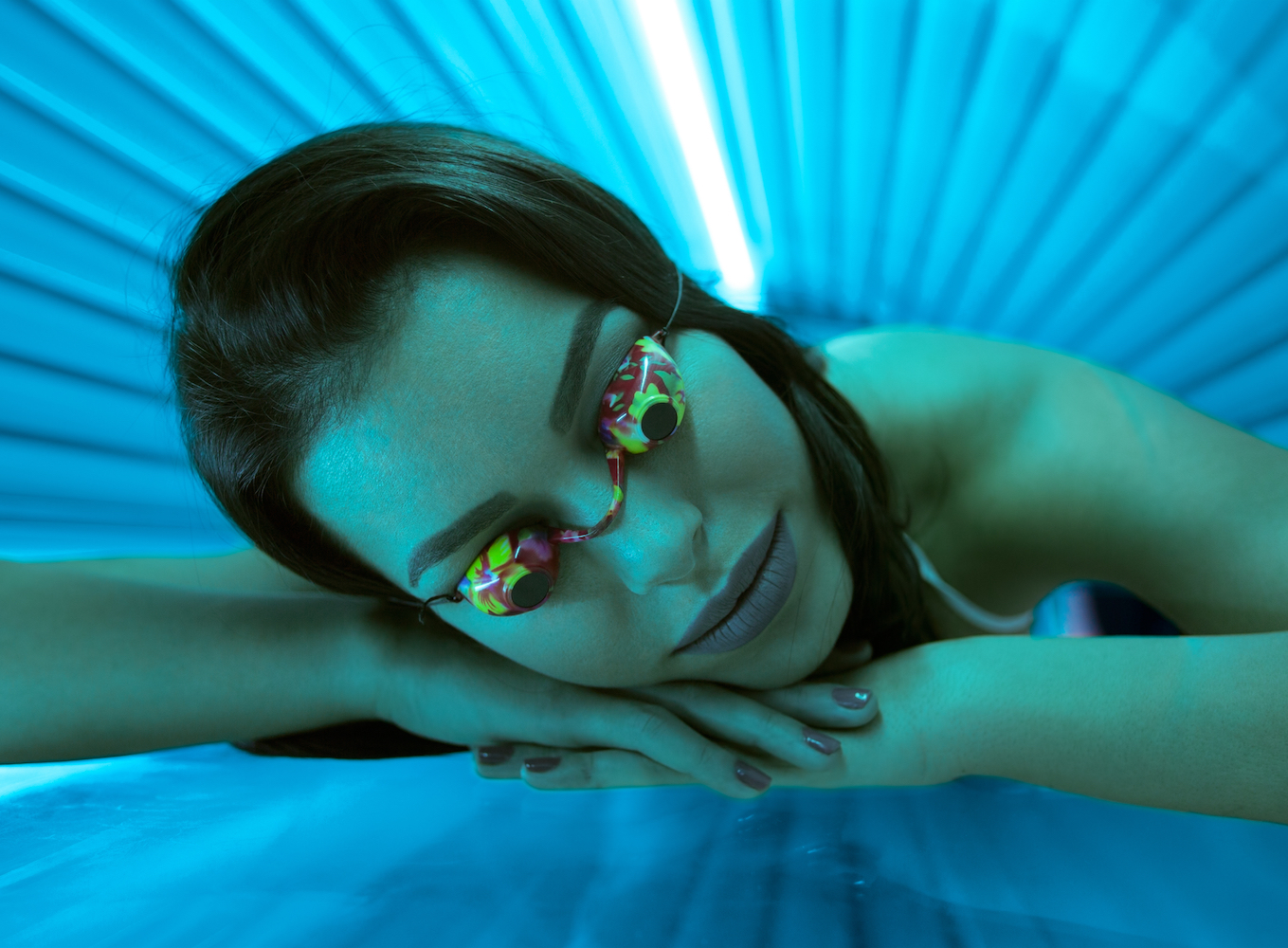UV Exposure from Sources Other Than the Sun

From GrassrootsHealth
Over the past century our world has become more and more industrialized. As a result, people are spending much less time outdoors than ever before. Most workers and students spend their days indoors because their jobs rely heavily on the use of computers and technology. Unfortunately, this has come with the massive loss of physiological benefits from sunshine exposure. This includes vitamin D production, which plays an integral role in modulating the immune system.
The populations have only recently become aware that UV light from the sun is necessary, not only for vitamin D production but also nitric oxide and many other interactions. Additionally, very few foods contain vitamin D other than fatty fish, and few people eat enough to make up for the deficit of exposure to the sun. For these reasons, along with an increasingly sedentary lifestyle, vitamin D production is limited for many people. Due to the greatly increased mortality of several populations, especially those of darker skin due to the association with lower vitamin D levels, there is a growing interest to study the effectiveness of artificial sources of UV light for producing vitamin D.
Can artificial sources of UV raise vitamin D levels?
Sunlight and supplements are well known sources of vitamin D, but other sources of UV light, such as indoor tanning, can also effectively raise vitamin D levels. GrassrootsHealth has a cohort of over 15,000 participants world-wide who test their vitamin D levels using an at-home vitamin D blood spot card and answer online questions about their health and habits. Data gathered from these questions includes information about vitamin D supplementation, sunlight exposure, and indoor tanning habits, among others.
The chart above summarizes the vitamin D levels among participants who reported not using vitamin D supplements according to indoor tanning frequency.
This analysis of 3,944 participants found that those who frequently used indoor tanning had an average vitamin D level of 41 ng/ml (102 nmol/L), compared to 33 ng/ml (82 nmol/L) for infrequent users, and 29 ng/ml (72 nmol/L) for non-users. More than half of regular users (54%) had a vitamin D level at or above 40 ng/ml (100 nmol/L) compared to 29% of infrequent users and 17% of non-users. Only 3% of regular users had vitamin D levels less than 20 ng/ml (50 nmol/L) compared to 4% of infrequent users and 18% of non-users. These results show that indoor tanning could be used to achieve a vitamin D level at or above 40 ng/mL (100 nmol/L), but that frequency is important.
These results show that artificial sources of UV light could be used to achieve a vitamin D level at or above 40 ng/ml (100 nmol/L), but that consistency is important. As with sun exposure, it is also important to be mindful of duration and not burn.
Click here for more from GrassrootsHealth.
SmartTan.com news articles regularly report medical and scientific information to keep you abreast of current events related to UV light. This information is not intended to be used by any party to make unwarranted health claims to promote sunbed usage. Indoor tanning businesses are obligated to communicate a fair and balanced message to all clients about your products and services including the potential risks associated with indoor tanning. Contact your Smart Tan representative to find out more about what you can and can’t say in your tanning salon business.
© 2020 International Smart Tan Network. All rights reserved.

